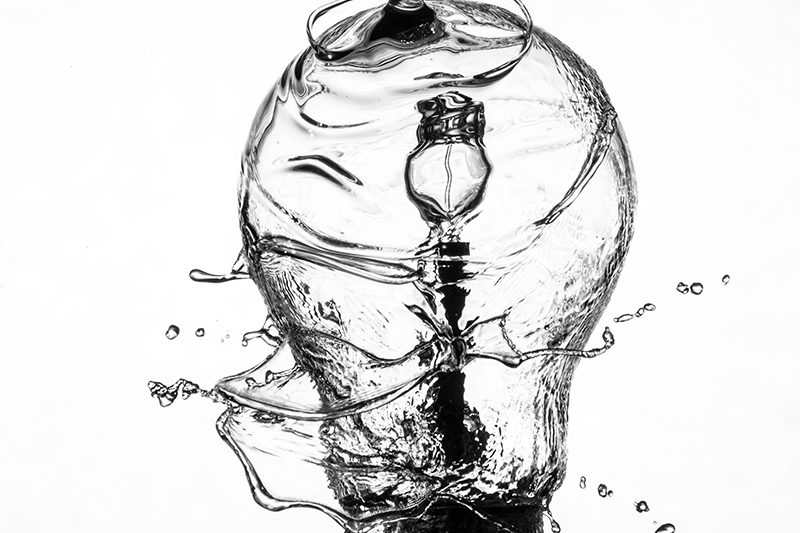Emergency policy is needed to grow green hydrogen
Green hydrogen global capacity would need to expand by 6000-8000 times by 2050 to meet Paris Agreement net zero scenarios.

This massive growth is compared to a relatively paltry 10-fold increase prediced necessary for renewable power to meet those Paris scenarios, which a team from a German research institute argue is already available and competitively priced.
The team from the Potsdam Institute for Climate Impact Research (Pik) say that emergency policy-like intervention is necessary to meet such a target for electrolysers.
This is in the context of green energy being predicted to supply less than 1% of global energy by 2035, with the EU possibly hitting 1% by 2030.
Even so the EU's 2030 plan to supply 10mln tonnes of green hydrogen with domestic capacity still needs to grow at an unprecedented rate seen by previous energy technology.
The team found that even if electrolysis grows as fast as wind and solar power, there is strong evidence of short-term scarcity and long-term uncertainty for green hydrogen availability.
They argue for stronger policy support to break the cycle of uncertain supply, insufficient demand and incomplete infrastructure to create a positive feedback mechanism.
The researchers caution that even in favourable scenarios hydrogen supply will still be much too scarce to broadly substitute fossil fuels. And policymakers should prioritise hydrogen incentives where there is no other alternative such as heavy industry or as power source when renewables cannot run.







